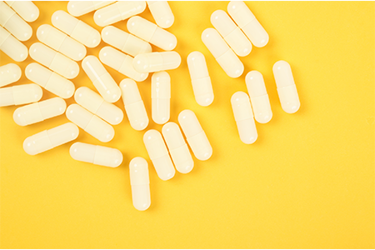Powder Rheology: Gateway For Tablet Sticking Insights
By Devang Patel, Kerry Cruz, Robert Sedlock, and Rahul Haware

Tablet sticking—when formulations adhere to punch tips during production—remains a common late-stage development challenge, particularly for manufacturers with limited R&D resources. Sticking arises from a combination of improper blending properties and tooling surface conditions. To address this, Natoli Scientific applied powder rheology techniques to better predict and mitigate sticking risks.
Using powder rheometer and shear cell testing (USP <1063>), researchers measured key parameters such as cohesion, internal friction, and wall friction. The relationship between adhesive forces (blend-to-punch) and cohesive forces (within the powder bed) determines sticking tendencies. From these measurements, a sticking index was developed, calculated as the ratio of wall friction angle to internal friction angle, offering a quantifiable predictor of sticking risk.
A full factorial experimental design tested an ibuprofen formulation across different steel coupons (S7 vs. hard chrome-coated [HCr]), lubricant types (hydrophilic SSF vs. hydrophobic MgSt), and lubricant concentrations. Data were analyzed through principal component analysis (PCA) and principal component regression (PCR).
Results revealed clear differences: S7 punches and MgSt-lubricated blends correlated with higher sticking tendencies, while HCr-coated punches and SSF-lubricated blends showed reduced risk. Increasing lubricant concentration also decreased sticking, though only up to a threshold. Statistical modeling confirmed that punch surface material and frictional properties had the most significant impact, while lubricant type and amount were less influential within the narrow ranges tested.
The study concludes that powder rheology testing provides valuable early insight into sticking risks, allowing manufacturers to refine formulation and tooling choices before scale-up. Incorporating these methods in pre-formulation studies can guide lubricant selection and punch coating decisions, ultimately reducing production failures and improving efficiency.
Get unlimited access to:
Enter your credentials below to log in. Not yet a member of Pharmaceutical Online? Subscribe today.
